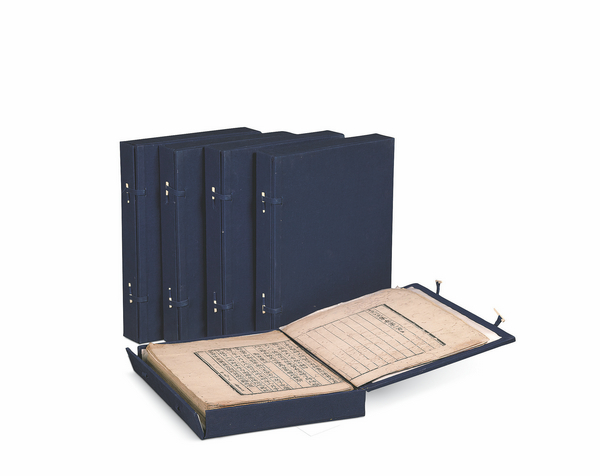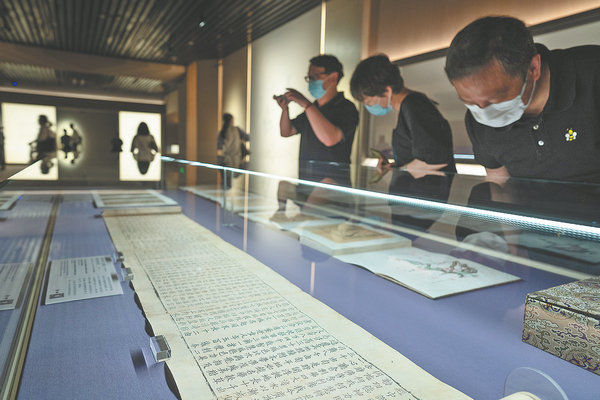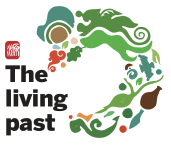Museum exhibition tells story of ancient books

Collected Works of Wang Anshi at the exhibition. CHINA DAILY
Ancient books from the Song (960-1279) and Yuan (1271-1368) dynasties are now on show at a new exhibition at the Shanghai Museum and about half of the exhibits are listed as "treasured ancient books "in China.
Pages Through the Ages: A Selection of the Song and Yuan Rare Books from the Shanghai Museum is set to run through Aug 13, featuring 66 precious books from the 10th to the 14th centuries. It is the first large showcase of ancient books from the collection of the museum.
There is a saying among the archaeological circles in China that goes, "A page from a book of the Song Dynasty is worth a tael of gold", which refers to the importance and high value of these ancient books.
The Song and Yuan dynasties saw a peak in the development of Chinese culture, and this coincided with the golden age of ancient books in China, says Chu Xiaobo, director of the Shanghai Museum.
This period also saw vast improvements made to papermaking, ink manufacturing and block printing techniques, and their rapid development led to the creation of diversified binding formats that ranged from scrolls to butterfly to concertina and wrapped-back bindings.

Visitors admire ancient books at Pages Through the Ages: A Selection of the Song and Yuan Rare Books from the Shanghai Museum. GAO ERQIANG/CHINA DAILY
Books from these periods are highly renowned for their content, as well as aesthetics, which include fonts, typography and binding, notes Chen Cai, deputy director of the library at the Shanghai Museum. Among the highlights of the exhibition is A Catalogue of Plum Blossoms. Created by author Song Boren, the book has been hailed as an important milestone in printmaking in China.
The block-printed copy of the book was produced by the Hall of Shuanggui (Double Osmanthus) in the second year of the Jingding Era (1261) is believed to be the first book in China dedicated to the portrayal and documentation of plum blossoms.

The book consists of 100 pictures of plum blossoms, each accompanied by a short poem, and is a documentation of the entire life cycle of the flower. Plum trees are significant in Chinese culture as they are associated with virtues, such as purity, endurance and modesty.
According to Chu, the book was chosen for the exhibition as it exemplifies the aesthetics and lifestyle of ancient Chinese literati.
The copy of the book in the Shanghai Museum is the only surviving version of the book and was donated by Wu Hufan (1894-1968), a renowned art lover and artist. Such was his love for plum blossoms that he even named his study Meijing shuwu, which means library with a view of plums.
Shanghai Museum will hold a series of lectures, workshops and salons for audiences of all ages to help them better understand the exhibition and learn about the stories behind these treasured books, according to Chu.
